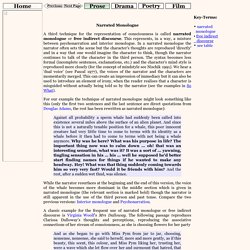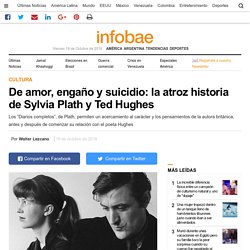

Listing of Routines - A Culture of Thinking. Trying Routines Below is a list of routines and a picture of practice that describes early attempts to integrate them in classrooms as well as reflections and revisions of practice over time.

The routines are listed in alphabetical order: Chalk Talk Chalk Talk has been a teacher favorite. In this routine, teachers give students a prompt and students silently (writing instruments do the talking)consider the prompt then record their thoughts and questions or comments to other students' thinking. Chalk Talk at the end of a read aloud in 3rd grade. Circle of Viewpoints Circle of Viewpoints provides a scaffold for helping students look at an issue from multiple points of view. Fifth graders studied a picture similar to this from their Social Studies text then looked at the issue of slave trading from the perspective of the many different people in the picture. Connect-Extend-Challenge This has been a tough routine to teach because it really pushes student thinking as well as our own thinking. Essay on theme of the poem "Rising five" by Norman Nicholson - WriteWork.
The theme of the poem, "Rising five" by Norman Nicholson is that humans, adults and children, like nature are impatient and are always looking to the future and, in effect, are dead if they do not spend a moment to appreciate what is around them (the present).

This theme is demonstrated by means of subject matter, carefully chosen diction, figures of speech, parallel construction and antithetical parallelism. To demonstrate the theme of impatience the poet begins the poem by quoting the boy when he says "I'm rising five, not four" which also introduces an irony that one so young should measure his life in terms of numbers and look forward to the future when he should have no need to do so. The word "alive" in the first stanza is also an ironic diction that suggests that the boy is more dead than alive. To make the idea of impatience more clear to the reader the poet also uses parallel constructed refrain at the end of each stanza: "not four, but rising five.
Not may, but rising June. Increíble: escuchar música perjudicaría el proceso creativo - 19/03/2019 - Clarín.com.
Seven Songs, Seven Literary Devices — Celebrating the Poetics of Songwriting. So this article idea started with a recent trip to Seattle (yep, for the AWP Conference). During the trip, I heard the 90s classic “Lump” by The Presidents of the United States of America no less than 4 times! Considering the song is not on regular rotation on any radio station anywhere these days, I thought that was a fairly interesting coincidence, and by the third time I heard it, I actually started to listen to the lyrics. Lump lingered last in line for brains And the ones she got were sorta rotten and insane Small thing's so sad that birds could land Is lump fast asleep or rockin' out with the band.
Consciousness02. Narrated Monologue A third technique for the representation of consciousness is called narrated monologue or free indirect discourse.

This represents, in a way, a mixture between psychonarration and interior monologue. In a narrated monologue the narrator often sets the scene but the character's thoughts are reproduced 'directly' and in a way that one would imagine the character to think, though the narrator continues to talk of the character in the third person. Rebelión en la granja - 27/12/2013 - Clarín.com. Lo que Stephen King le explica a Margaret Atwood en Twitter - 23/08/2018 - Clarín.com. De amor, engaño y suicidio: la atroz historia de Sylvia Plath y Ted Hughes. En julio de 1950, con 18 años recién cumplidos, la poeta Sylvia Plath escribe en su diario: "Hay tanto sufrimiento en este juego de buscar pareja, de tantear, de probar.

Pero de pronto te das cuenta de que olvidaste que era un juego y te echaste a llorar. " Y más adelante, ese mismo año, escribe lo siguiente: "Tengo muchísimo que dar a alguien, algún día. Pero no debo ser demasiado cristiana. Al final, solo podré estar con uno y por el camino tendrá que abandonar a muchos. Esto es lo que hay por ahora. Un tiempo después, en septiembre de 1950, Plath ingresa al Smith College para empezar sus estudios universitarios. Leyendo esta última entrada cuesta pensar en uno de los suicidios más famosos de la historia de la literatura del siglo XX: el que llevó adelante Sylvia Plath en febrero de 1963, en la cocina de su casa luego de servirle el desayuno a sus dos hijos, Frida y Nicholas. ¿Por qué llevar un diario? El último poema que escribió Sylvia Plath se llama Límite.